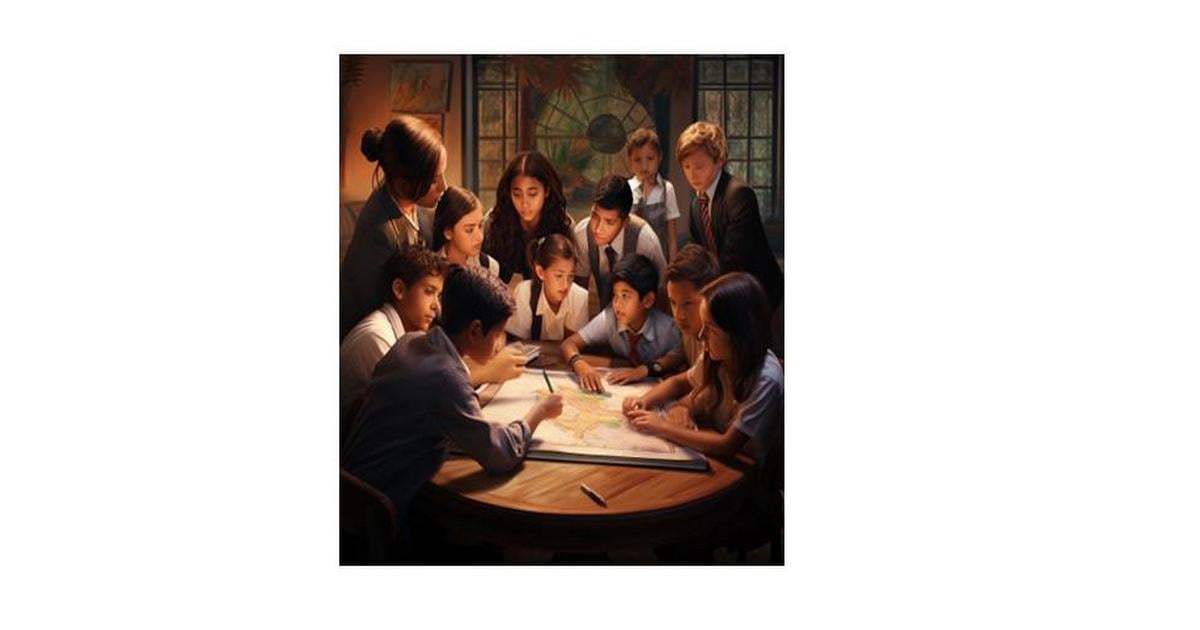Supporting Multilingual Students in Schools: Perspectives, Challenges, and Opportunities
A special issue of Education Sciences (ISSN 2227-7102). This special issue belongs to the section "Language and Literacy Education".
Deadline for manuscript submissions: 15 January 2025 | Viewed by 1525

Special Issue Editors
Interests: multilingual education; bilingual education; translanguaging; bilingual teacher preparation; teacher professional development; culturally sustaining pedagogy; family engagement; place-based learning
Interests: teacher preparation; working with emergent multilinguals; family engagement to support building community through conversations around community cultural wealth; dual language teacher professional development; supporting diverse learners through place-based learning; gamification for emergent multilinguals
Special Issue Information
Dear Colleagues,
Supporting students in our K-12th grade classrooms who are in the process of learning English and content in tandem continues to be a critical issue. The terms used to describe students who are learning English as an additional language have varied over the years and include the following, to name a few: limited English proficient students, language minority students, English language learners, and English learners. In more recent years, the field has turned away from deficit-perspective language to using more asset-based terms including emergent bilingual students and multilingual students. Currently, the U.S. federal government continues to use the term English learners. The number of multilingual students our schools serve continues to grow at the same time that we are experiencing a teacher shortage, especially bilingual/multilingual teachers. The COVID-19 pandemic drew focus to the additional support needed to address the academic and linguistic needs of our multilingual students and their families.
This Special Issue will address various perspectives, challenges, and opportunities for supporting multilingual students in K-12 schools. We encourage submissions that address various models of bilingual and multilingual education serving multilingual students. Manuscripts focused on various language approaches, including translanguaging, are also encouraged. We are also seeking manuscripts that examine issues related to the preparation of teachers, paraprofessionals, and other specialists who support this population of students. Manuscripts that examine how to support teachers of multilingual students are also encouraged. Research focused on current issues and trends, i.e., the use of AI, related to supporting multilingual students is also welcome for submission.
Prof. Dr. Margarita Jimenez-Silva
Dr. Karen Guerrero
Guest Editors
Manuscript Submission Information
Manuscripts should be submitted online at www.mdpi.com by registering and logging in to this website. Once you are registered, click here to go to the submission form. Manuscripts can be submitted until the deadline. All submissions that pass pre-check are peer-reviewed. Accepted papers will be published continuously in the journal (as soon as accepted) and will be listed together on the special issue website. Research articles, review articles as well as short communications are invited. For planned papers, a title and short abstract (about 100 words) can be sent to the Editorial Office for announcement on this website.
Submitted manuscripts should not have been published previously, nor be under consideration for publication elsewhere (except conference proceedings papers). All manuscripts are thoroughly refereed through a double-blind peer-review process. A guide for authors and other relevant information for submission of manuscripts is available on the Instructions for Authors page. Education Sciences is an international peer-reviewed open access monthly journal published by MDPI.
Please visit the Instructions for Authors page before submitting a manuscript. The Article Processing Charge (APC) for publication in this open access journal is 1800 CHF (Swiss Francs). Submitted papers should be well formatted and use good English. Authors may use MDPI's English editing service prior to publication or during author revisions.
Keywords
- multilingual learners
- emergent bilinguals
- bilingual education
- teacher preparation
- teacher professional development
- translanguaging
- language and identity
- heritage language speakers
- heritage language programs
- dual language programs
- bilingual models
- international contexts
- STEM content areas
- social studies/social sciences
- culturally sustaining pedagogy
- culturally responsive pedagogy
- culturally relevant pedagogy
- language loss
- family engagement
Benefits of Publishing in a Special Issue
- Ease of navigation: Grouping papers by topic helps scholars navigate broad scope journals more efficiently.
- Greater discoverability: Special Issues support the reach and impact of scientific research. Articles in Special Issues are more discoverable and cited more frequently.
- Expansion of research network: Special Issues facilitate connections among authors, fostering scientific collaborations.
- External promotion: Articles in Special Issues are often promoted through the journal's social media, increasing their visibility.
- e-Book format: Special Issues with more than 10 articles can be published as dedicated e-books, ensuring wide and rapid dissemination.
Further information on MDPI's Special Issue polices can be found here.






